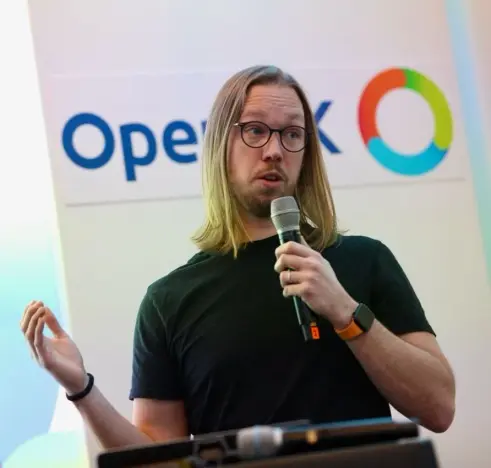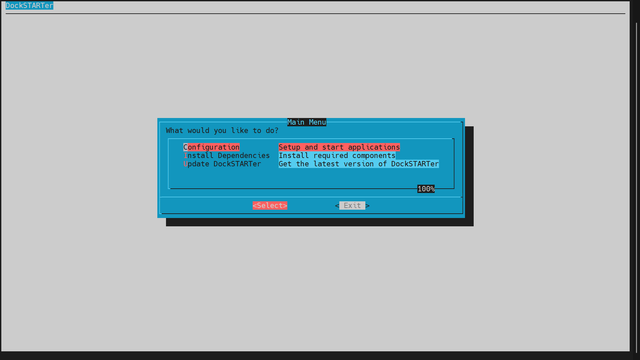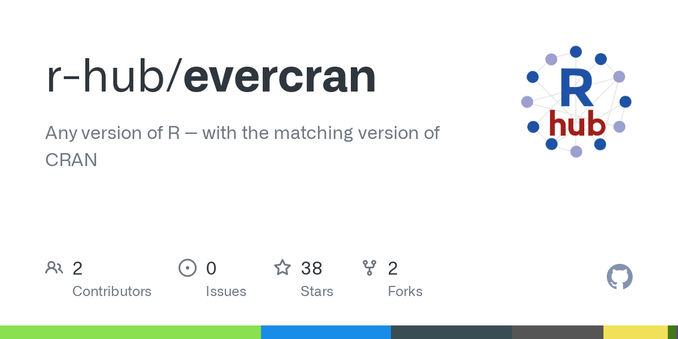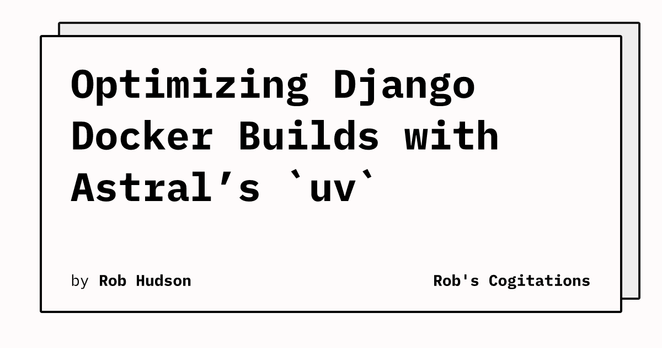Du wolltest schon immer mal deinen eigenen #Podcatcher bauen?
Nicht abhängig sein von Spotify, Apple #Podcasts oder sonstigen Plattformen, sondern deinen Podcatcher selbst hosten und verwalten?
Genau das hab ich jetzt mal ausprobiert – und zwar mit #Audiobookshelf
Spoiler: Funktioniert richtig gut.
⚠️ All I wanted was to message Slack...
Ended up deep in env vars, tokens & chaos 😵💫
Now? One-click containers, zero config. Just vibes 💅☁️
Built for AI infra, loved by DevOps girls 💻✨
🚨 DevOps used to be:
⚙️ Manual servers
🧪 Conflicting stacks
🔐 API keys in plain JSON
💀 YAML-induced suffering
Now? GPT actually acts — thanks to Docker + MCP 🧠🤖🛠️
Just gave my Home Assistant setup a proper revamp, and it's finally running the way I always wanted.
Some of the bigger changes:
*Dropped vendor gateways in favor of a Zigbee dongle (way more flexible, no lock-in)
*Moved everything into Docker containers to keep it clean and modular
*Let Zigbee2MQTT handle the simple automations (faster and more reliable)
*Started tracking config in Git, with pre-commit hooks for YAML linting and validation (huge time-saver)
One thing that really stuck with me: the best smart home experience is one you barely notice. If you’re tapping buttons, something’s probably off.
Wrote up the whole setup, lessons learned, and shared my docker-compose.yml here: https://vpetersson.com/2025/06/07/home-assistant-revamp.html
Always keen to learn how others are solving for smart home stability, would love to hear what’s worked for you.

From Gateway to Dongle: Lessons from My Home Assistant Overhaul
Insights on DevSecOps, cloud architecture, and building secure, scalable systems. Sharing practical experience from running tech companies and implementing software supply chain security at scale.



